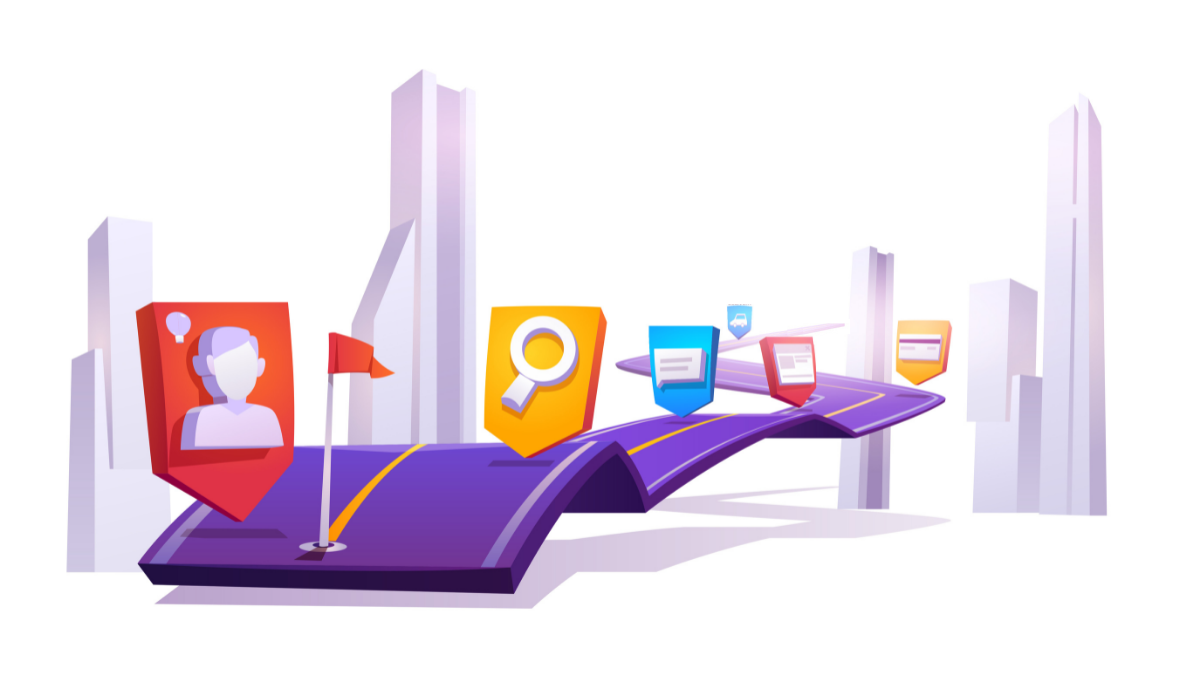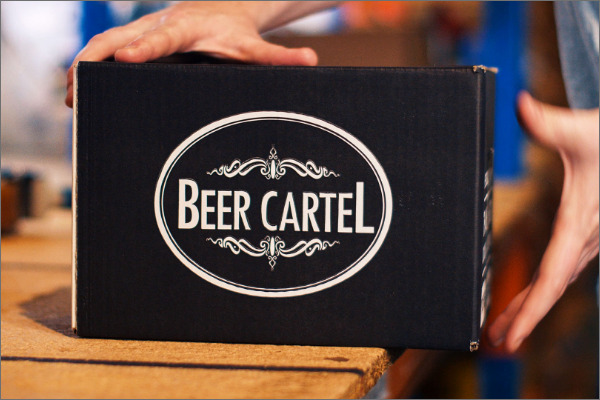

Trends briefing
A quick guide to customer journey mapping

Successful marketing requires you to understand the needs, wants, and actions of your customers. The best way to achieve this is to map your customer journey. This will help you optimize the customer experience and hit your business goals by driving conversions and boosting retention in a way that will guarantee business growth.
What is customer journey mapping?
Customer journey mapping looks at a customer’s digital and physical experience with your brand and identifies where pain points exist and where improvements can be made to ultimately increase business value.
In today’s complex, cross-channel world, customer journey mapping is a necessity to understand the relationship you have with your customers.
Why is customer journey mapping important?
According to Econsultancy, companies that embed customer mapping into their culture are twice as likely to exceed their top business goals than their competitors.
Today, many brands focus on developing the customer experience as a way to differentiate themselves from their competition. It drives customer value and loyalty. Customer journey maps form a part of your overall toolkit to better understand the entire customer experience. Using customer journey maps, you will be able to identify drop-off points in the customer journey, as well as improve and develop all customer touchpoints.
What are the benefits of customer journey mapping?
There are many benefits to customer journey mapping, but we’ve identified five key benefits that resound with brands in every industry and vertical.
- Identify key business drivers
When you’re able to view your brand from a customer’s perspective, you’ll be able to identify business drivers that require more focus and improvement to achieve your goals. - Identify new revenue opportunities
Addressing customer pain points and passions will help you discover new ways to drive sales and create efficiencies while identifying wasteful stages in the process. - Maximize customer lifetime value (CLV) and loyalty
Customer journey maps can highlight which elements of the customer journey are under- or over-served while removing customer pain points which will have an increasingly positive impact on customer loyalty. - Improve customer experience, customer service, and overall satisfaction scores
Researching and analyzing customer pain points will help reveal common problems which you can address accordingly, significantly improving the overall customer experience. - Become a more customer-centric business
Customer journey mapping can kick-start a series of internal customer culture programs that will change the attitude and behaviors of your teams, aligning their success metrics to focus on the customer.
What is the role of marketing automation in customer journey mapping?
Marketing automation offers marketers the ability to tailor customer interactions and create a logical and seamless customer journey using data. Intelligent cross-channel automations empower you to connect with customers via email, social, SMS, push notifications, dynamic retargeting ads, and personalized web content.
With these capabilities at your fingertips, it’s more important than ever to put yourself in your customers’ shoes to understand where they will be and what they want at all stages of the customer journey, from acquisition to advocacy. You can visually build out your customer map and target customers at every stage using marketing automation.
Key elements in your customer journey map
A customer journey map is a granular visualization of the stages a specific persona goes through in order to covert and achieve your end goal. The objective is to understand and optimize the path to purchase, sale, or conversion.
This doesn’t have to revolve around new customers, it’s about every kind of journey. For example, a finance brand can use customer journey mapping to understand how they can make the process of switching accounts smoother and more efficient.
In its most basic form, customer journey mapping starts by compiling a series of user steps or actions into a timeline. Some journeys may be short such as an impulse purchase on the back of a social media ad. Others can take years to reach, particularly in the B2B vertical.
Depending on the objective of your customer journey map, the following elements can be added to help form a cohesive narrative:
- A summary of the customer persona – who they are, what they want, etc.
- Customer goals, problems, emotions, expectations, and thoughts at different stages.
- A list of customer activities, actions, or processes at different stages of the journey.
- Key pain points, concerns, or points of friction within the customer journey.
- Touchpoints including digital and physical channels such as ‘search engine’, ‘email’, ‘store checkout’, or ‘changing room’.
- Key messages your wish to deliver at each stage.
- Storyboards, screenshots, or mock-ups to illustrate the stage of the journey.
- Business goals and marketing, sales, or services KPIs.
6 steps to develop your customer journey map
1. Define project scope, goals, objectives, and deliverables
Creating a unified vision for the project is critical. It will ensure all tasks are complete with this end goal in mind, keeping the project on track at all times. Your project should support existing business goals and have senior-level buy-in. This will reduce operations silos, create efficiencies and deliver value to your business.
2. Assign team responsibilities
Before you get started, you need to know who is responsible for tasks and milestones in the project. It’s vital to get the right stakeholders involved early to create agreement and alignment around the purpose of the project.
3. Develop and communicate customer personas
Personas help marketers understand a typical member of your audience groups by identifying their characteristics, commonalities, and the business opportunities they bring. When creating your personas, it’s important to follow these golden rules:
- Be informed by data
- Avoid developing too many personas
- Collaborate with other teams and departments during the development process
4. Understand data and informational needs
It’s important to understand what data is required at every stage of the project and also who in the organization holds that data. Data gathering should be a part of the early stages of the project to help build your hypothesis of who the customer is and how to quantify their behaviors. The collection of ‘voice of the customer’ data and information from stakeholders will allow you to create a clear journey hypothesis.
5. Agree on customer journey map layers
No one business is the same, you’re all unique in your goals, mission, culture, and offerings. That means that every customer journey map will be unique to your business with layers to correspond to your individual goals. Horizontal stages reflect the steps or phases taken over time. Vertical stages guide the questions that need to be asked about the customer experience at each stage of the customer journey.
6. Review, refine, and improve
You will need to regularly check-in and review your customer journey to fill any gaps in the customer journey map that might arise over time. Holding regular workshops helps bring teams together to ensure the customer remains at the center of your decision-making process.
Key takeaways
1. Start small
Don’t underestimate how much time this will take. Identifying and building accurate and insightful customer maps is a long process, but prioritizing key journeys will have a significant impact on your business growth. Once you have developed a clear methodology, you will be able to build out more complex customer journey maps and continue to improve performance.
2. Apply to a business goal
Customer journey maps are a strategic asset to your business. But it does require a significant amount of time, effort, and senior-level buy-in. Applying the project to a business case, such as identifying new revenue opportunities, minimizing wasteful processes, or maximizing CLV will ensure everyone who needs to be involved is committed to the process.
3. Get the right data
Successful customer journey mapping requires qualitative and quantitative data from multiple sources. But don’t go ‘data crazy’. All data you use in the mapping process should be relevant and clean, interpretable to the extent that it allows you to create meaningful KPIs and measure your success.
Contents
Jenna Paton, Content Marketing Manager
Jenna expertly writes thought-leadership content about cross-channel marketing and customer engagement and manages the creation and execution of Dotdigital's content marketing strategy.
Keep reading
Stay on top
Get the latest and greatest marketing insight delivered to you weekly
Your email address will be handled in accordance with our Privacy Policy. We gather data around email opens & clicks using standard technologies including clear gifs to help us monitor and improve our newsletter.










